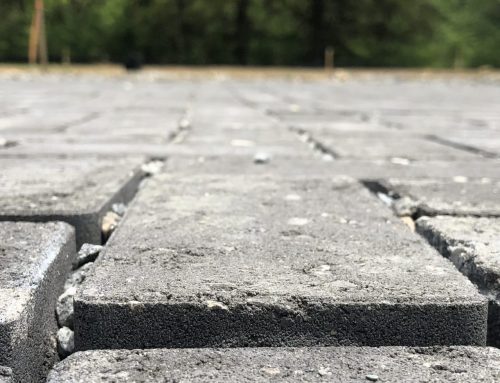The 2014 Chesapeake Watershed Agreement establishes wetland restoration as a fundamental objective to a more comprehensive Chesapeake Bay watershed restoration goal. Bay partners committed to “create or reestablish 85,000 acres of tidal and nontidal wetlands and enhance the function of an additional 150,000 acres of degraded wetlands by 2025.” Key to the advancement of this strategy is the ability to quantify how increased wetland coverage helps to reduce nutrient and sediment pollution to the Bay.
The Center, in partnership with Virginia Tech and the Nature Conservancy, led a Chesapeake Bay Program Expert Panel to quantify the pollutant reduction benefits of three nontidal wetland practices: 1) wetland creation, 2) wetland rehabilitation and 3) wetland enhancement. Expert Panel recommendations are used to determine how to account for the benefits of best management practices (BMPs) in the Chesapeake Bay Watershed Model, which is used to model progress towards the Chesapeake Bay restoration effort. The Center’s role was to assemble a group of experts to participate in the panel; review and synthesize the scientific literature on the water quality benefits of these three BMPs; facilitate discussion at a series of panel meetings; develop a final report with the panel’s recommendations; and shepherd the recommendation through the Chesapeake Bay Program’s review and approval process. The panel considered multiple lines of reasoning to arrive at the recommended pollutant reduction estimates, including multiple conceptual models; an updated literature review; an expert elicitation survey of panel members, and; functional assessment data of created and natural wetlands. The panel ultimately recommended numeric nutrient and sediment removal efficiencies for wetland creation and wetland rehabilitation but recommended that wetland enhancement not be a BMP for purposes of achieving Chesapeake Bay restoration targets.
For more information on this project, contact Deb Caraco at dsc@cwp.org.






